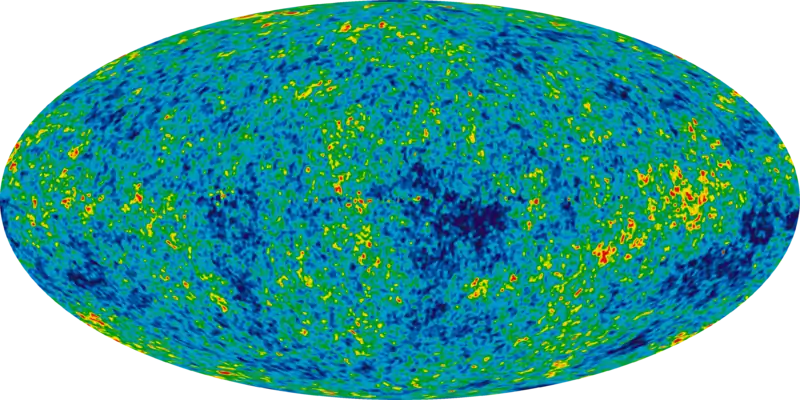Spider (polarimeter)
Spider is a balloon-borne experiment designed to search for primordial gravitational waves imprinted on the cosmic microwave background (CMB). Measuring the strength of this signal puts limits on inflationary theory.
| Altitude | 36 km (118,000 ft) |
|---|---|
| Wavelength | 3, 2, 1.1 mm (100, 150, 273 GHz) |
| First light | 1 January 2015 |
| Telescope style | balloon-borne telescope cosmic microwave background experiment radio telescope |
| Number of telescopes | 6 |
| Mass | 3.5 t (3,500 kg) |
| Website | spider |
The Spider instrument consists of six degree-resolution telescopes cooled to liquid Helium temperature (4 K) which observe at frequencies of 100 GHz, 150 GHz, and 280 GHz (corresponding to wavelengths of 3 mm, 2 mm, and 1.1 mm). Each telescope is coupled to a polarisation-sensitive transition-edge bolometer array cooled to 300 mK.
The first balloon flight of the experiment launched in January 2015 from McMurdo Station, Antarctica, with support from NASA's Columbia Scientific Balloon Facility. This Long Duration Balloon flight lasted for about 17 days, mapping about 10% of the full sky. Further flights planned for successive seasons enable upgrades and changes to the modular telescope, and ever-improving frequency coverage and depth.
The primary science goals include:
- characterization of the curl-free component of the CMB polarization on the largest scales
- searching for the signature of inflationary gravitational waves in the CMB polarization
- characterization of the polarization properties of the emission from our own Milky Way Galaxy
External links
- Spider Homepage
- Spider 2014/15 campaign blog
- B. P. Crill, et al., "SPIDER: A Balloon-borne Large-scale CMB Polarimeter"

